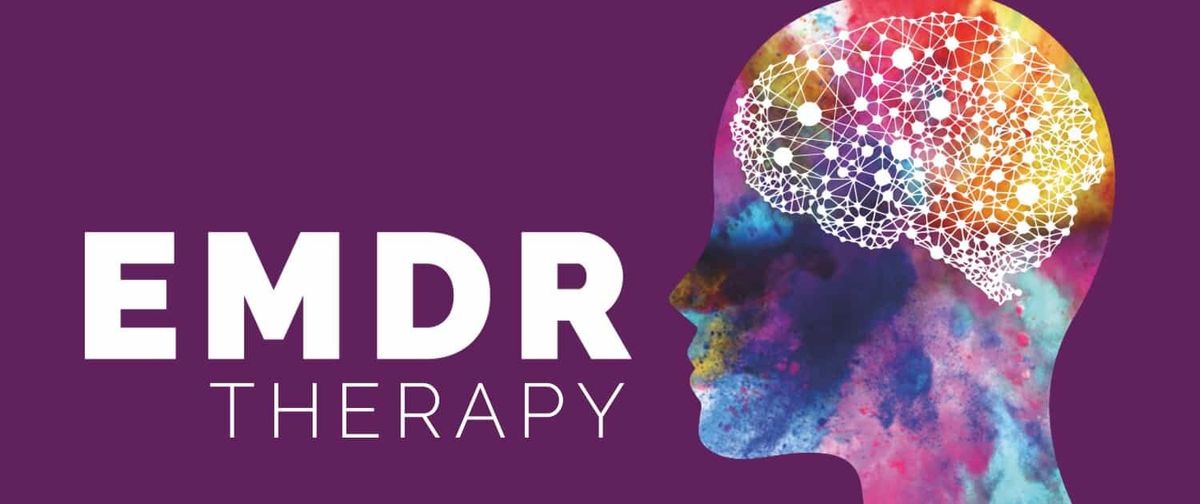How EMDR actually works

first, EMDR imitates a natural mechanism meant to sort out memories from short term to long term which usually happens while you sleep. In fact here is a summary
Rapid eye movement (REM) sleep, or stage R, usually starts about 90 minutes after you fall asleep. Brain activity increases, your eyes dart around quickly, and your pulse, blood pressure, and breathing speed up. This is also when you do most of your dreaming. REM sleep is important for learning and memory. – https://www.webmd.com/sleep-disorders/sleep-101
and here is the most experienced EMDR therapist in the world, explaining the mechanisms of trauma, dissociation and what EMDR does, without explaining how it works.
This is the tool I use to do EMDR to myself.
Now I don't suggest that people go ahead and rush into doing that themselves. I had years of EMDR therapy (also a variation called EMI/IMO ), even if in the end I preferred EMDR.
I find it pretentious; but then again we are all different. The idea that you can heal without going back into it. Healing without regression.. but I guess.. you know. If it worked for him, why not?
How EMDR works
In the process of looking to the far left and far right, the focus shifts from one hemisphere of the mind to the other. One is supposed to be emotional and the other rather logical. During the exercise the idea is to focus on a thought, an emotion, a feeling, or a situation. Now as the focus switches from logical to emotional, it's like a camera flash happened inside of this context and you got to see something clearly in great detail, from the logical side; and again when you switch from logical to emotional, a camera flash happens from a slightly different perspective, and you interpret it emotionally. And this process happens over and over and over, each time adding a new angle, a bit more perspective, a bit more detail up to the point where the mind becomes "satisfied" in it's ability to process this context/emotion/idea/trigger/etc.
You could also imagine it this way: you put the event/trauma/situation on a rotating platform, and a fixed camera is targetted to it. The room is dark and you can barely see what is spinning; each time the focus switches from one hemisphere of the brain to the other, the flash is triggered and suddenly everything is clear from that particular angle. And this happens over and over and over until at some point your mind is able to accept, or process, the entire situation because enough details have been disclosed to it both from a logical and an emotional perspective.
In photography you could call it a combination of multiple exposures at difference light frequencies. Until everything is crystal clear.
That, to my understanding, is how EMDR works and why it's so efficient at treating trauma.
Trauma is a "bug" in the normal processing of life situations by the brain. An emotion is too strong and the brain cannot explain how it happened, or why it happened, and suddenly the processing of the event is halted; which is what is also called a "hot memory". A "hot memory" is formed, and similar to a hot patato that nobody wants to hold in their hands for too long, this memory will cause havoc when it surfaces into your mind.
EMDR helps to transform a "hot memory" into a "cold memory" ready for processing and storage in long term memory.

This could be interesting to try
this is also important.. long term.